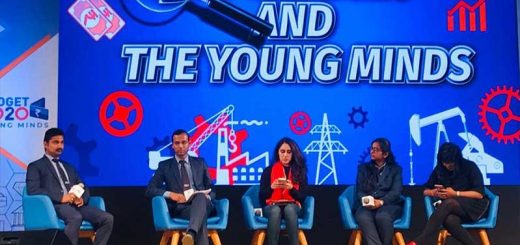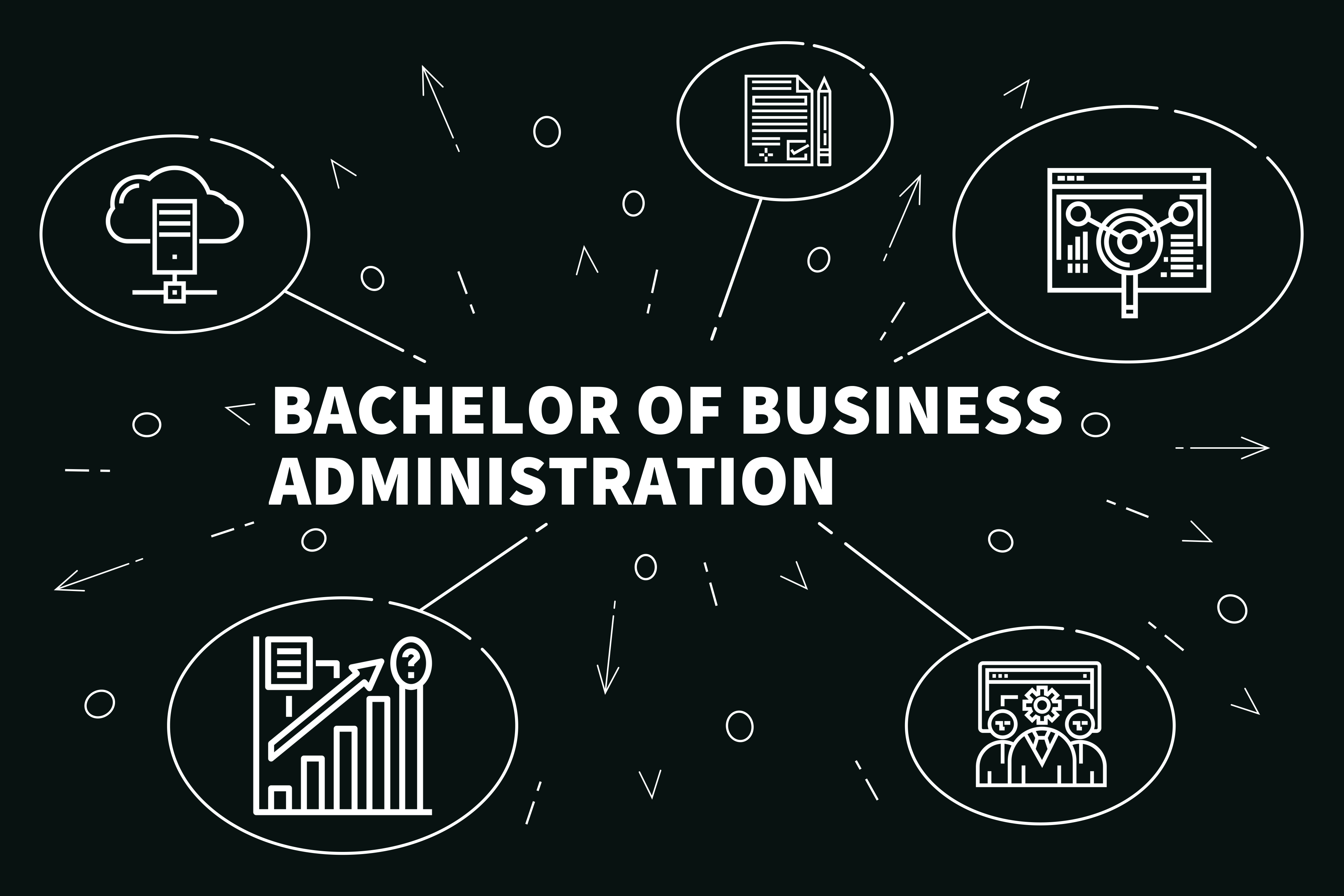Tech-forward HR: Navigating the Future of Work

The world is digital today. A technology-driven workplace is proven to not only empower employees but also retain them in an efficient manner. Information technology is expected to improve the performance of Human Resource Management (HRM) by shifting its focus from administration or personnel management to strategic HRM.
Companies are looking out to hire a skilled labour force that can contribute in more than one manner. This is where competency and skill mapping comes into the picture. The market is flooded with several competency mapping software that makes it easy to boost human resources efforts
There are many tools, used widely by HRM, like SAP, Zohr, BambooHR, ECP Software, and many others to gauze an individual’s skills and abilities, and determine how they can be utilized to the best of their ability. This process provides HR with the information they need to identify where an employee can grow, what training is needed, and what career paths might be open to them.
The awareness of what employees can or cannot do results from efficient competency mapping. This can be leveraged to achieve multiple goals as it assists the HR department to work more efficiently and utilize the existing talent pool in more than one way. Once the skills have been mapped, HR can then place the existing talent pool in the right teams to maximize productivity. It is indeed true that teams made of individuals with complementary competencies are typically more efficient and more satisfied with their jobs, thus ensuring a lower attrition rate and also taking away the burden of hiring new employees.
Recruitment Becomes Easier with the Help of Tech Apps
Technology and recruitment are inseparable. If the aim of the recruiter or the HR is to “stay on trend” in today’s economy, one has to, without a doubt, integrate and keep up with the rise of technology. People no longer search for jobs in newspapers, they do it on their mobile, using different online portals. Platforms such as LinkedIn have enabled what is currently known as “social recruiting”. To meet up with this change, HR managers need to use software designed to ensure effective recruitment management and applicant tracking systems to complete their job. Moreover, they are now able to dip into the web’s global talent pool and attract a large number of potential candidates. And the best part? These software are automated, which further means less human interaction, thus ensuring a much lower-no risk of human error. In addition to this, since such systems are purposely designed to store candidate data, it saves the HR managers from manually uploading every single detail and relieves them from time-consuming recruitment-related tasks.
Lesser Walk-in Interviews
Companies have started using AI to handle the recruitment process. Although, still in the preliminary stage, AI, including ChatGPT, is seen to improve productivity and performance in recruitment. It assists in automating the process of letting candidates know about the progress of their application. We also have AI chatbots that are programmed to answer routine or common questions candidates can have about the company or the job role they have applied for and are also able to see or check if they have not been chosen for the job. This means recruiters do not have to go through the cycle of manually writing rejection emails to applicants.
Online apps like Zoom, Team Link, and others enable recruiters to conduct online interviews. This, in a way, help companies save money otherwise spent on calling candidates for interviews from different cities.
Will Software Change the Face of HR?
Human resource managers are hired not only to recruit and manage the employee base but also to create a safe, efficient workplace by balancing business-related needs with employee relations and demands. To strive in the tech areas, HR managers need to now be well versed with not only software knowledge but also a wide variety of interpersonal skills to effectively handle the changing workspace. They have to be more empathetic as employees might feel that automated systems do not work well for them. While having the knowledge of software, HR managers also need to work on their soft skills to be able to communicate, understand and empathise with the employees.
We need to consider the fact that many companies are still in the middle of the transformation process where HR is adapting to the technology advancement and that the strategic shift will still take a little while.
(The writer is Assistant Professor, UPES School of Business)
References
- https://assets.henley.ac.uk/v3/fileUploads/research/JHD-2016-06_Bondarouk_and_Brewster-mtime20170410170908_2020-10-14-084106.pdf
- https://www.techmagic.co/blog/top-10-human-resource-technology-trends/
- https://hrharriet.com/?https://hrharriet.com/?utm_source=googleads&utm_medium
- https://www.semanticscholar.org/paper/The-impact-of-information-technology-on-the-HR-Long/6a2cebb3948b912f01e941f47dcc713441bc0a59



